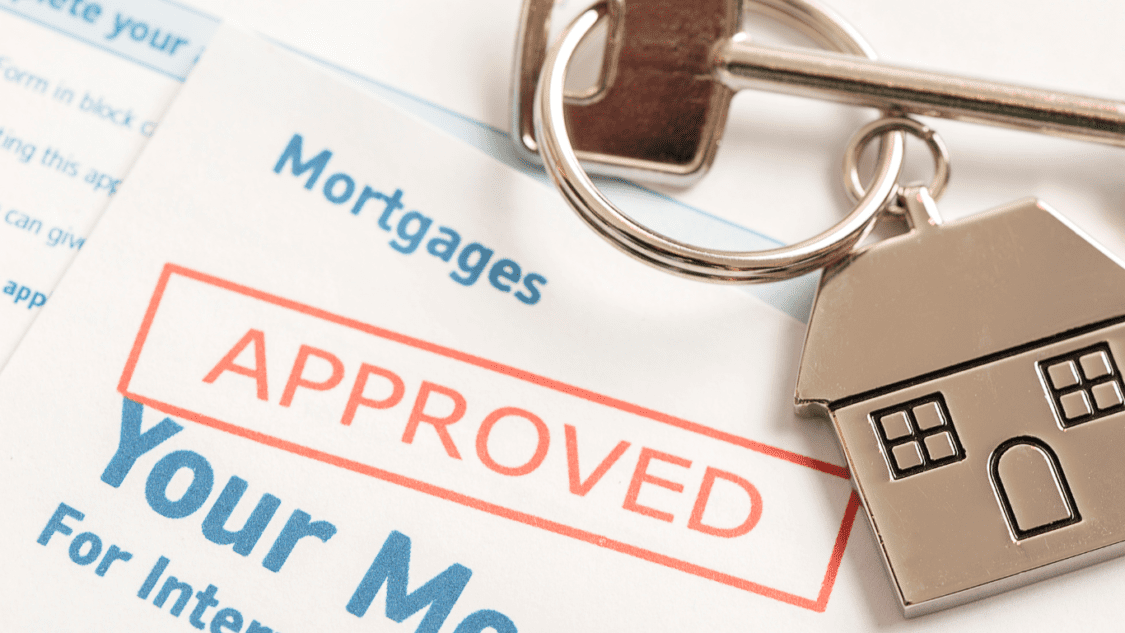Purchasing a home is a significant milestone in one’s life; for many, it is a dream come true. However, navigating the process of home loans can often feel overwhelming and complex. In this guide, we will demystify the process of home loans, providing you with a step-by-step approach to help you secure your dream home. Whether you are new to purchasing a home or have done it before, this guide will equip you with the information and tools to make informed mortgage decisions.
The Different Types of Home Loans:
Before delving into the intricacies of the home loan process, it is essential to understand the different types of home loans available. Some common types include fixed-rate mortgages, adjustable-rate mortgages, and government-backed loans such as FHA loans and VA loans.
A fixed-rate mortgage offers stability and predictability as the interest rate remains stable throughout the loan term. On the other hand, an adjustable-rate mortgage (ARM) has an interest rate that fluctuates periodically based on market conditions. Government-backed loans, such as FHA loans and VA loans, provide additional flexibility and benefits for eligible borrowers. By familiarizing yourself with the various types of home loans available, you can decide which option suits your needs and financial situation best.
Step 1 – Determine your budget and financial readiness:

The first step in the home loan process is determining your budget and assessing your financial readiness. This involves evaluating your income, expenses, and existing debt obligations. By calculating your debt-to-income ratio (DTI), you can determine how much mortgage you can afford.
To determine how prepared you are financially, carefully examining your credit score and history is important. Lenders typically consider credit scores when determining loan eligibility and interest rates. Improving your credit score before applying for a mortgage can help you secure more favourable loan terms if your credit score is less than ideal.
Additionally, saving for a down payment is essential to the home loan process. While some loan programs offer low down payment options, having a larger down payment can reduce your monthly payments and potentially provide you with better interest rates.
How to save for a down payment in the home loan process?
Saving for a down payment is one of the most significant challenges for most home buyers, especially first-timers. The amount of down payment necessary depends on the type of loan you choose and the price of the home you’re interested in purchasing.
In this industry, lenders prefer borrowers who can put down at least 20% of the home’s value. This aims to reduce the risk and eliminate the need for private mortgage insurance (PMI). It’s possible to purchase a home with a lower or no down payment through certain loan programs.
For instance, FHA loans only require a down payment of 3.5%, while VA and USDA loans don’t require any down payment. Conventional loans may have a minimum down payment of 3%.
To save for a down payment, you must have a specific goal and a reasonable budget. Before starting the house-hunting process, it’s important to determine your budget and calculate the required down payment based on the type of loan you plan to obtain.
You may approximate these figures using internet calculators. Then, keep track of your monthly income and spending to see how much you can save. You may need to reduce your expenditure on eating out, entertainment, and subscriptions. You may also need to discover ways to supplement your income, such as finding a roommate, relocating to a less expensive apartment, selling items, or beginning a side venture.
Step 2 – Research and compare lenders:
Once you have determined your budget and financial readiness, the next step is to research and compare lenders. Looking around and obtaining quotes from lenders is crucial to ensure you are getting the best possible terms.
When comparing lenders, consider factors such as interest rates, loan fees, closing costs, and customer reviews. A reputable lender should provide clear, transparent information and be responsive to your inquiries. Online tools and resources can also assist in comparing loan options and lenders, making the research process more efficient.
How to get the best interest rate?
The interest rate is one of the most critical aspects influencing the cost and affordability of a home loan. It depends on certain criteria, such as your credit score, loan-to-value ratio, loan term, and loan type. To get the best interest rate possible, shop for different offers, improve your credit score, and consider paying points if it makes sense. A lower interest rate can help you save money and repay your loan faster.
Step 3 – Mortgage Approval Process:

Obtaining pre-approval for a mortgage is a crucial stage in the process of securing a home loan. To get pre-approved, you need to submit your financial documents to a lender who will assess your creditworthiness and give you an initial idea of the amount you can borrow.
Pre-approval offers several advantages. Firstly, it gives you a clear understanding of your budget and lets you focus your home search on properties in your price range. Additionally, pre-approval strengthens your negotiating power as sellers perceive pre-approved buyers as more serious and reliable.
To obtain pre-approval, it is necessary to have financial documents such as pay stubs, bank statements, and tax returns. The lender will review these documents, assess your creditworthiness, and provide a pre-approval letter, which you can present to sellers when making an offer.
Step 4 – Find your dream home and make an offer:
With your budget determined and pre-approval, it’s time to find your dream home. Engage a real estate agent who understands your needs and preferences, and begin the search process. Consider location, amenities, and future resale value when evaluating potential properties.
Once you find the perfect home, you can make the proper offer. Your appointed real estate agent will assist you in drafting an offer that encompasses crucial details like the purchase price, contingencies, and closing timeline. The seller can accept, reject, or negotiate the offer, and once both parties reach an agreement, the offer becomes a legally binding contract.
Step 5 – Complete the loan application:

After accepting your offer, it’s time to complete the loan application. The lending institution will provide you with the necessary forms and documentation requirements. Providing accurate and complete information is crucial to ensure a smooth and efficient loan process.
The loan application will require details about your employment history, income, assets, and liabilities. The lender will also request additional documentation like bank statements, tax returns, and proof of homeowner’s insurance. It is essential to promptly provide these documents to avoid delays in the loan process.
Step 6 – The mortgage process steps:
Once submitting your loan application, the lender will begin the mortgage underwriting process. During underwriting, the lender evaluates your financial information, verifies the accuracy of the provided documentation, and assesses the risk associated with lending to you.
Underwriters may request additional documentation or clarification during this process. It is important to respond to these requests to avoid delays promptly. The underwriter will assess your creditworthiness, employment history, debt-to-income ratio, and other relevant factors to determine if you qualify for loan approval.
Step 7 – Loan approval and closing:
You will receive a loan approval if your loan application meets the lender’s criteria. This means the lender has agreed to fund your mortgage, subject to certain conditions. These conditions may include providing updated documentation or satisfying specific requirements before closing.
After loan approval, you will move towards closing, the final step in the home loan process. During closing, you will sign the necessary legal documents, pay closing costs, and finalize the purchase of your dream home. The closing process typically involves various parties, including the buyer, seller, real estate agents, attorneys, and the lender.
Conclusion – Process of Home Loans:
Navigating the process of home loans can be complex, but armed with the proper knowledge, and it can be a successful journey. By understanding the various steps involved, researching and comparing lenders, and staying organized throughout the process, you can confidently secure your dream home.
Remember to determine your budget and financial readiness, get pre-approved for a mortgage, and collaborate with a trusted real estate agent. Completing the loan application accurately and efficiently, responding promptly to lender requests, and understanding the mortgage underwriting process are key factors for a successful home loan process.
With the help of this comprehensive guide and consulting with experts when necessary, you can effortlessly navigate the home loan process and finally attain your dream home.

